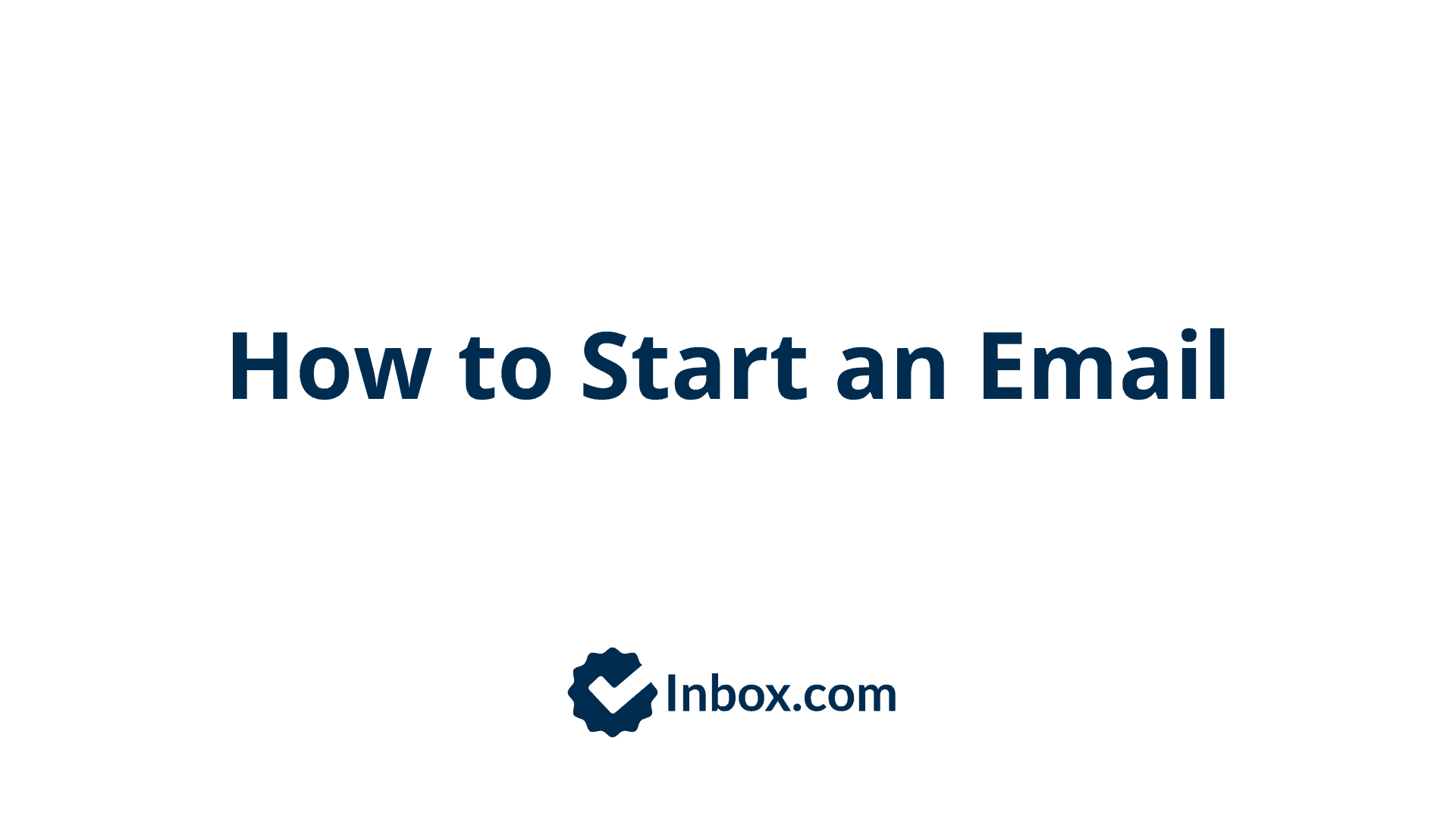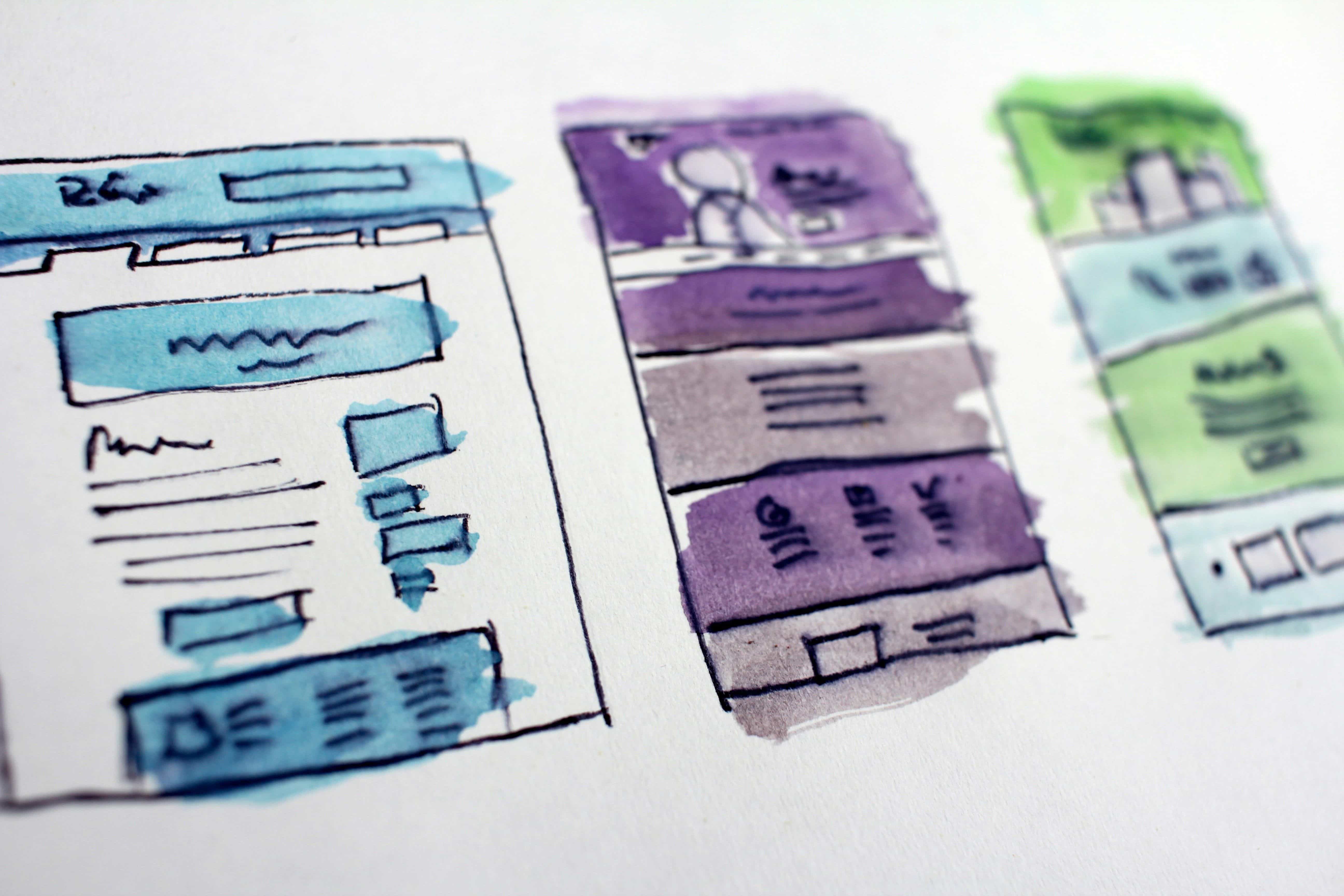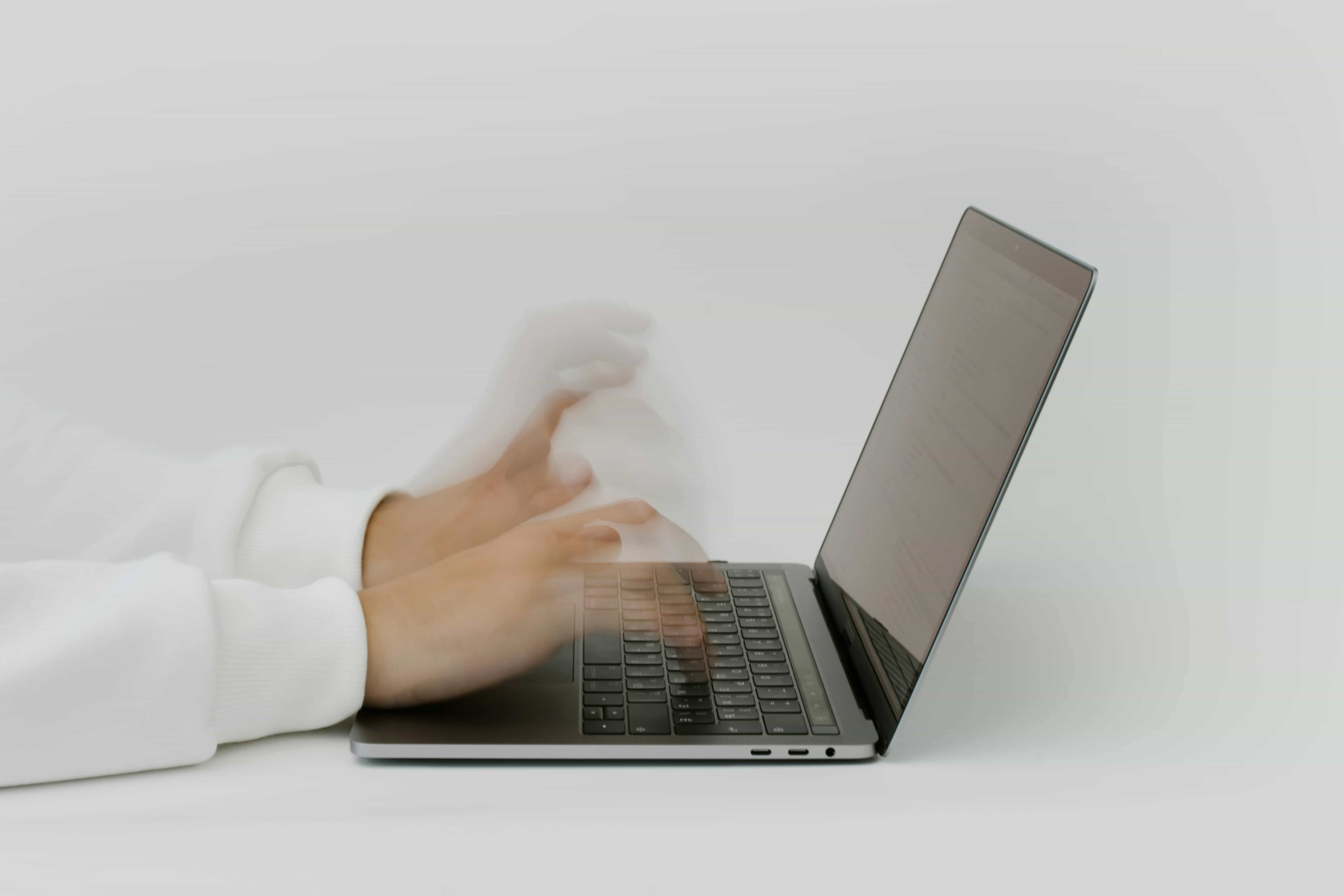
How to Start an Email
In the realm of email, your starter acts as a virtual handshake—it’s the first touch that sets the tone. Consider it the foremost impression you leave on the recipient. Whether you find yourself in informal exchanges with colleagues, presenting a formal business proposal, or initiating contact with a potential employer, the appropriate salutation, along with effective email starters, can significantly influence how your message is perceived.
Email Greetings
Choosing the right greeting depends on the formality of the situation and the level of familiarity with the recipient.
Here are 10 practical examples of email greetings, each with its appropriate context:
Hi [Name],
Perfect for: Most situations, excluding very formal contexts.
Why: This greeting, part of effective email starters, strikes a balance between friendliness and professionalism. It's direct, personal, and suitable for everyday interactions.
Example: Hi Jack, [...]
Hello [Name],
Perfect for: Formal and professional emails.
Why: If you require a more polished and formal approach, choosing "Hello" represents a step beyond "Hi." This email salutation may be more appropriate for business and official communications.
Example: Hello, Mr. Cullen, [...]
Dear [Name],
Perfect for: Formal emails and contacts with people in authoritative positions.
Why: Opting for "Dear" is a timeless selection for situations demanding a high level of formality, such as cover letters and formal business correspondence.
Example: Dear Thomas Moore, [...]
Good morning / afternoon / evening,
Perfect for: Professional group emails and semi-formal situations.
Why: Customizing the email greetings based on the time of day can be a nice touch. It's a polite choice suitable for various contexts.
Example: Good evening team, [...]
Greetings,
Perfect for: When you don't know the name or correct spelling of the recipient.
Why: A versatile choice for situations in which you may not have specific details about the recipient. It's safe, polite, and conservative, making it a good option for professional email greetings.
Example: Greetings from the Advisor team, [...]
Hi there,
Perfect for: Informal emails when you don't know the recipient's name.
Why: When an informal and friendly tone is appropriate, "Hi there" is a safe choice. It adds a touch of warmth to your communication.
Example: Hi There, [...]
To [Name],
Perfect for: Conservative and formal situations.
Why: This greeting is more impersonal than "Dear [Name]" and is suitable for official and business topics that require a certain level of formality. An example of a formal email greeting.
Example: To Mr. Marchesi, [...]
To Whom It May Concern,
Perfect for: Formal business communications when the recipient is unknown.
Why: While considered formal, it might be perceived as slightly impersonal. Use this formula when you have no specific information about the recipient, illustrating the need for effective email salutations.
Example: To Whom It May Concern, [...]
Dear Sir or Madam,
Perfect for: Initial greetings in emails to unknown recipients.
Why: A formal and respectful choice when specific information about the recipient is lacking but might be considered slightly antiquated. An example of a formal email greeting.
Example: Dear Madam Blaire, [...]
Good day, [Name],
Perfect for: Professional emails with a formal touch.
Why: A versatile greeting suitable for various occasions. It adds a touch of formality while maintaining a friendly tone. An example of a professional email greeting.
Example: Good day Mr. Jones, [...]
Choosing the right greeting can make a difference in how your email is received. Always consider the context and your relationship with the recipient to create a positive first impression.
Now you’re ready to move on to the rest of the message, check out our guide on how to write an email. Also, if you need a new email address, you can find out how to create an email address or go straight here to sign up for an ad-free Inbox.com account.
Updated: April 23, 2024 at 2:25 PM
Published: January 19, 2024 at 11:30 AM


